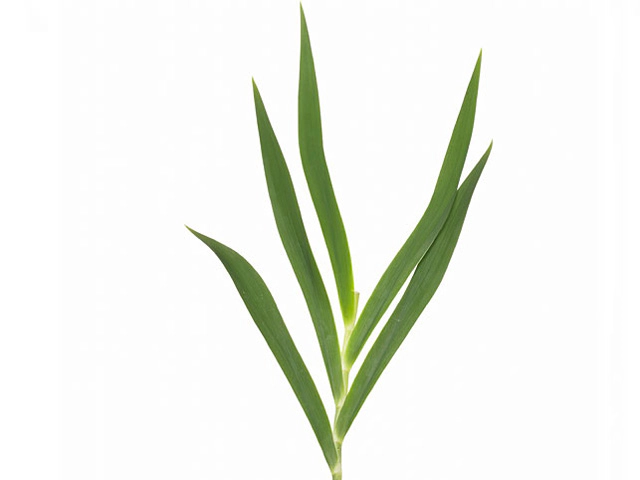Iris domestica

| Winter hardness | Reasonable (USDA-zone 7) |
| Fruit color | Green-light green-145B |
| Soil fertility | No poor soils |
| Leaf, general shape | Linear |
| Leaf size | 40 - 50 cm |
| Light conditions | Sunny; Semi-shades |
| Leaf, main color | Green grey |
| Moisture requirements | Well-drained |
The Iris domestica, commonly known as the Iris, is a stunning flower that thrives in moderately cold climates. With a winter hardiness rating of USDA-zone 7, this beauty can withstand chilly temperatures and still flourish.
One of the unique features of the Iris is its fruit color, which ranges from a vibrant green to a light green hue. This adds an interesting visual element to the plant, making it a standout in any garden or landscape. The fruit is an additional bonus as it can add aesthetic appeal and even attract wildlife.
When it comes to soil fertility, the Iris requires good quality soil. It does not fare well in poor soil conditions, so it's important to ensure that the soil is nutrient-rich and well-drained. This will provide a healthy environment for the Iris to grow and thrive.
In terms of leaf characteristics, the Iris has linear-shaped leaves that add elegance to its overall appearance. These leaves can reach an impressive size, ranging from 40 to 50 cm in length. Their elongated shape adds a touch of gracefulness to the plant, making it a visually appealing addition to any garden.
For optimal growth, the Iris needs to be exposed to ample sunlight. It thrives in sunny conditions but can also tolerate semi-shaded areas. So, if you have a garden with a mix of sunny and partially shaded spaces, the Iris would be a great choice to add some variety to your landscape.
The main color of the Iris leaves is a beautiful green-grey shade. This color adds depth and dimension to the overall appearance of the plant, making it visually striking. The green-grey hue also contrasts nicely with the vibrant fruit color, creating a harmonious color palette that is pleasing to the eye.
Moisture requirements for the Iris are quite specific, as it prefers well-drained soil. This means that the soil should be able to retain enough moisture for the plant's growth, but not become waterlogged. It is important to strike a balance, as excessive moisture can lead to root rot, which can be detrimental to the plant's health.
In conclusion, the Iris domestica, or Iris, is a beautiful flower that can add elegance and visual interest to any garden or landscape. With its winter hardiness, unique fruit color, linear-shaped leaves, and preference for well-drained soil, this plant is an excellent choice for those looking to add a touch of sophistication to their outdoor spaces. With proper care and maintenance, the Iris will reward you with its stunning beauty year after year.
Market availability index by month:
| Jan. | Feb. | Mar. | Apr. | May | Jun. | Jul. | Aug. | Sep. | Oct. | Nov. | Dec. |
|---|---|---|---|---|---|---|---|---|---|---|---|
| 3 | 3 | 3 | 3 | 4 | 3 | 3 | 3 | 3 | 4 | 4 | 4 |